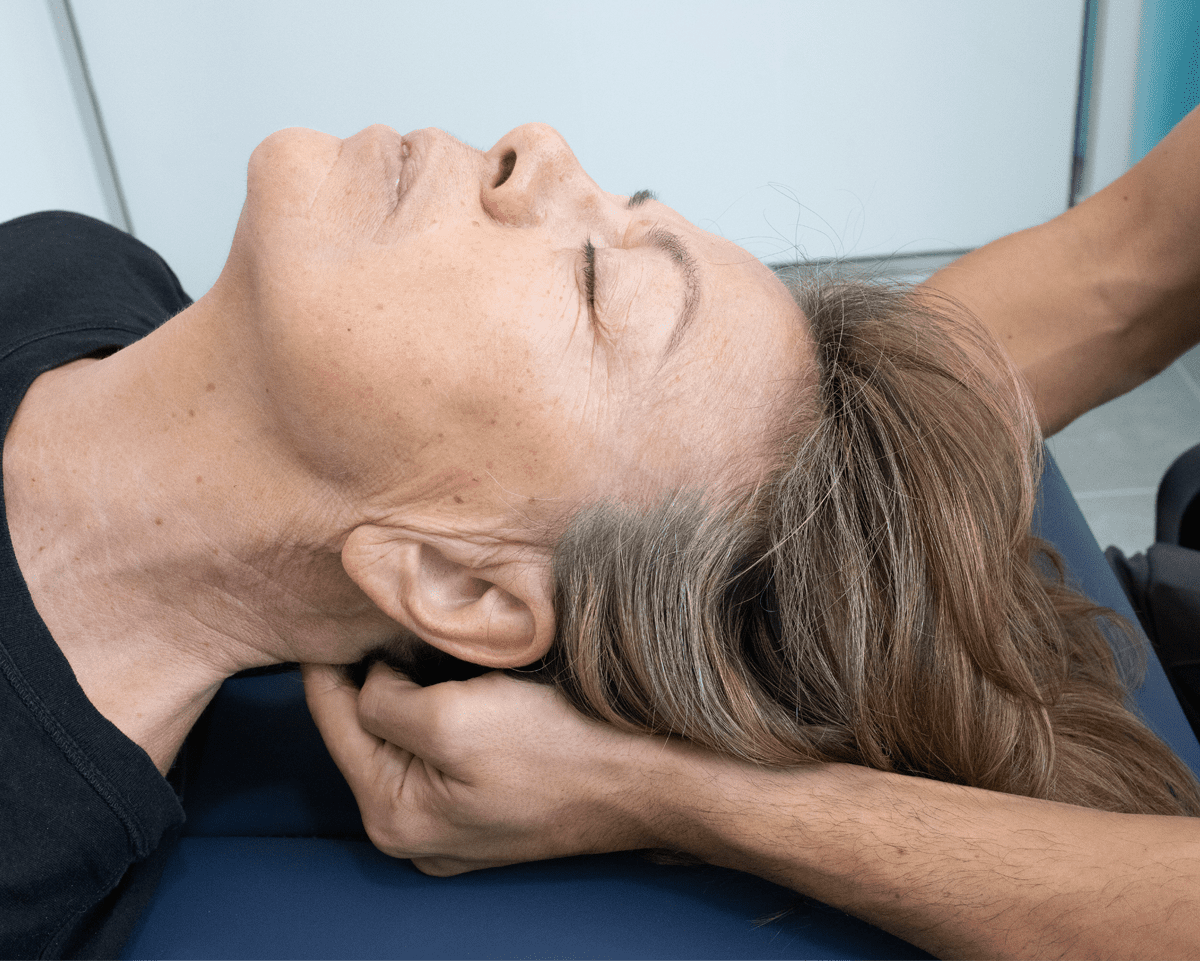
Balancing Harmony and
Healing: Exploring Craniosacral
Therapy in Physiotherapy
Craniosacral Therapy emerges as a harmonious and gentle modality within the diverse landscape of physiotherapy. Its focus on the subtle movements of the craniosacral system aligns with the body’s innate ability to heal and find balance. By gently facilitating the release of restrictions and tension, Craniosacral Therapy offers patients relief from pain, emotional liberation, and improved overall well-being. As practitioners continue to delve into the depths of this holistic approach, the transformative potential of Craniosacral Therapy holds promise for a future of natural, holistic healing.